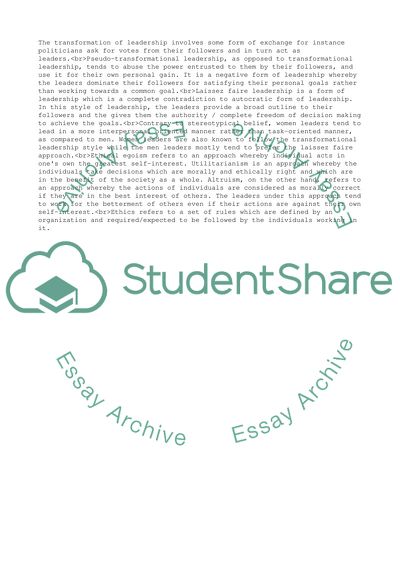Cite this document
(Theories, Practices and Ethics of Leadership Assignment, n.d.)
Theories, Practices and Ethics of Leadership Assignment. Retrieved from https://studentshare.org/management/1742857-theories-practices-and-ethics-of-leadership
Theories, Practices and Ethics of Leadership Assignment. Retrieved from https://studentshare.org/management/1742857-theories-practices-and-ethics-of-leadership
(Theories, Practices and Ethics of Leadership Assignment)
Theories, Practices and Ethics of Leadership Assignment. https://studentshare.org/management/1742857-theories-practices-and-ethics-of-leadership.
Theories, Practices and Ethics of Leadership Assignment. https://studentshare.org/management/1742857-theories-practices-and-ethics-of-leadership.
“Theories, Practices and Ethics of Leadership Assignment”, n.d. https://studentshare.org/management/1742857-theories-practices-and-ethics-of-leadership.


